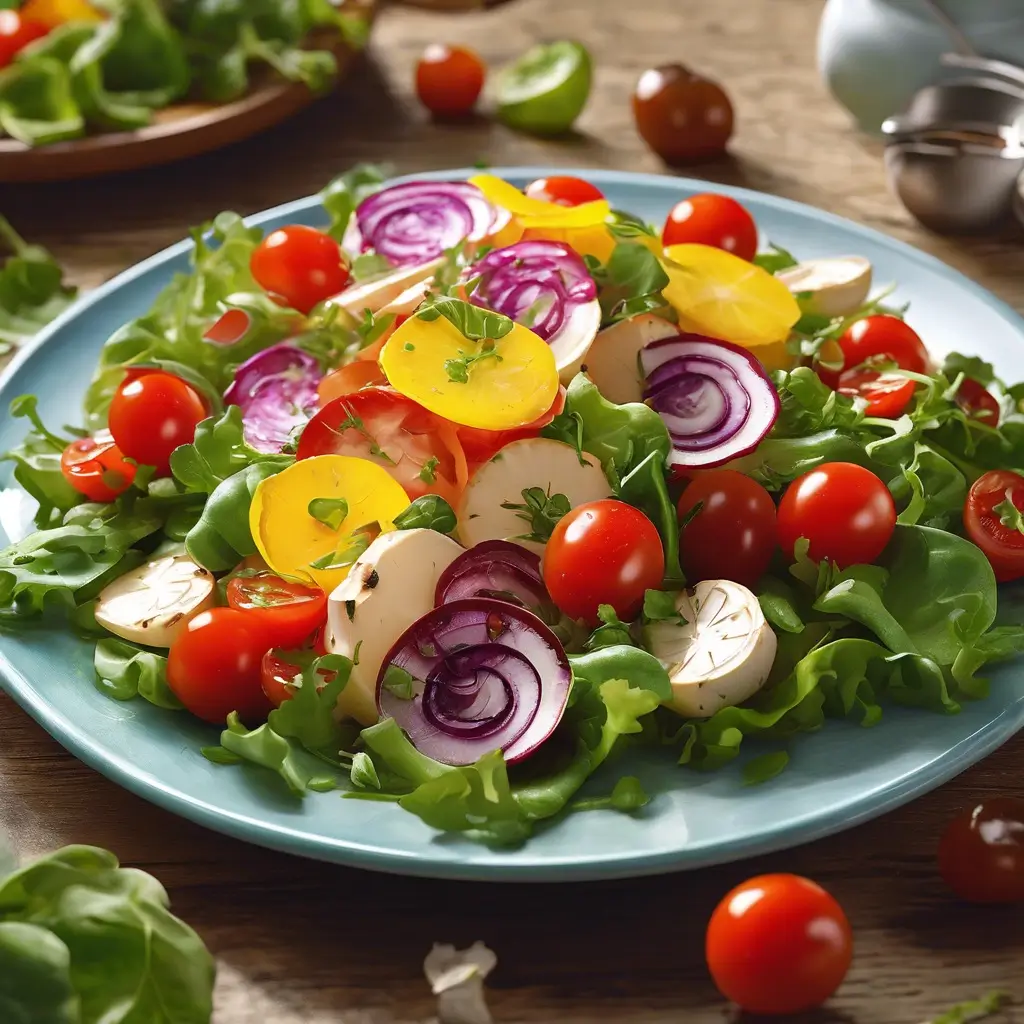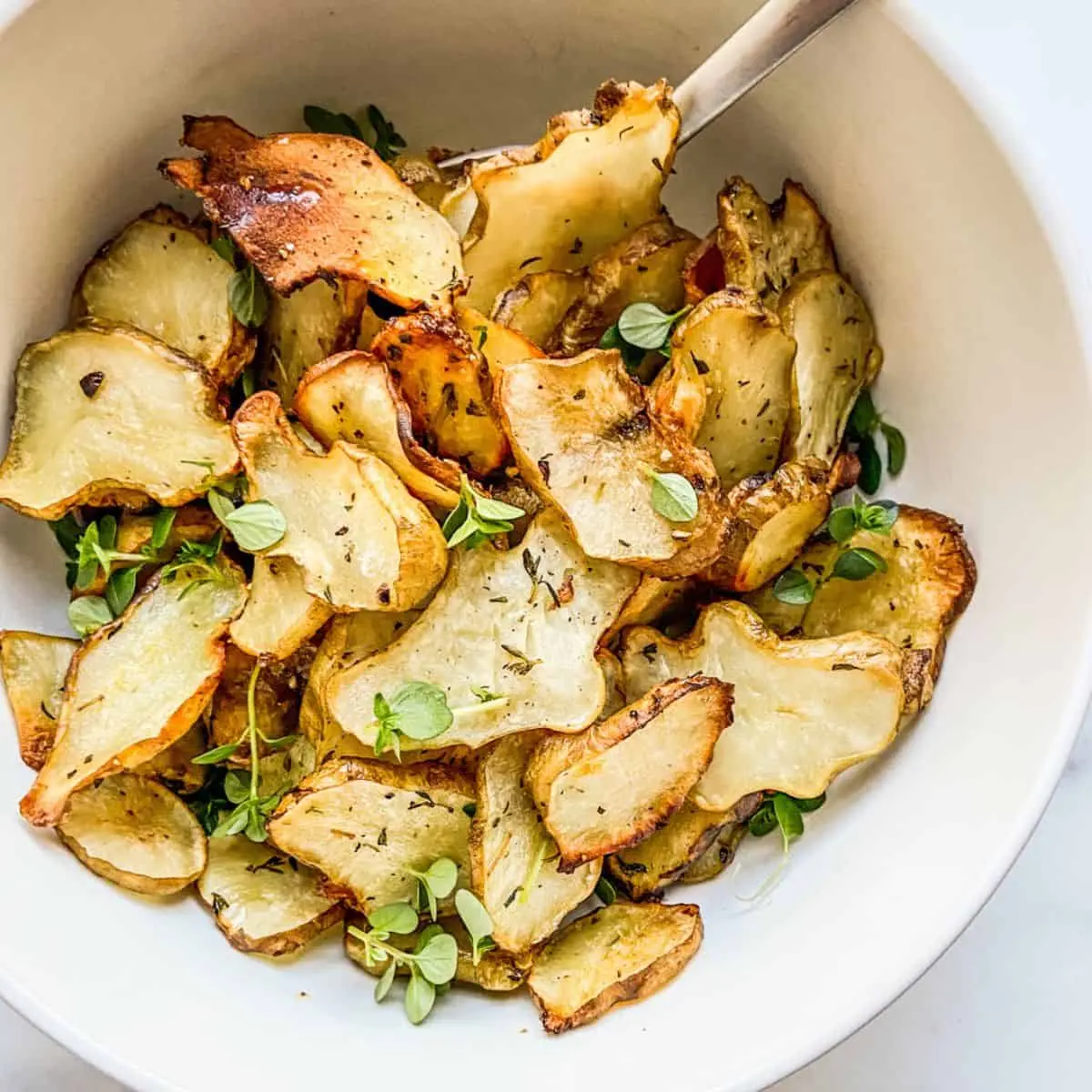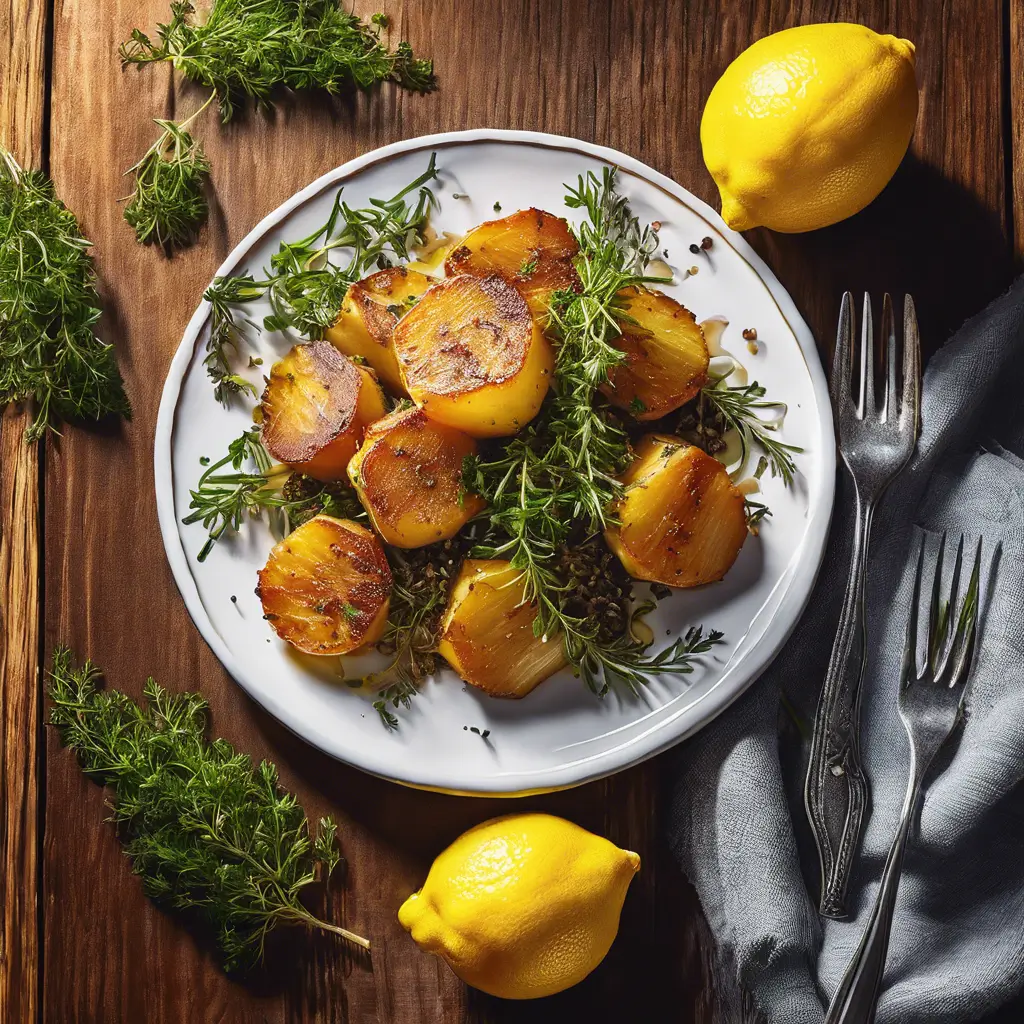What Are Sunchokes?
“Sunchokes: Health Benefits and Cooking Methods”
Sunchokes, also called Jerusalem artichokes, are a unique and underappreciated root vegetable known for their nutty, slightly sweet flavor. Part of the sunflower family, sunchokes are often mistaken for ginger because of their knobby and irregular appearance. These versatile tubers are an excellent choice for health-conscious eaters, adding both taste and nutrition to your meals.
Whether roasted, boiled, or eaten raw, sunchokes can elevate your dishes with their distinct flavor and crunchy texture. As their popularity grows, more home cooks and chefs are discovering the diverse ways to use sunchokes in everyday cooking.

What Exactly Are Sunchokes?
Sunchokes are the tuberous roots of a sunflower species native to North America. They were traditionally used by Native Americans and are now gaining global recognition for their culinary and health benefits. Their earthy flavor and satisfying crunch make them an exciting alternative to common root vegetables like potatoes or carrots.
Sunchokes are a sustainable and hardy crop, thriving in a variety of climates, which adds to their appeal as a healthy and environmentally friendly food choice.
What Do Sunchokes Taste Like?
Sunchokes have a flavor reminiscent of artichokes but with a slightly sweeter and nuttier undertone. When eaten raw, they have a crisp texture similar to water chestnuts, making them a refreshing addition to salads. When cooked, their sweetness intensifies, and their texture becomes creamy, akin to roasted potatoes.
This unique combination of flavors makes sunchokes a favorite ingredient for chefs experimenting with innovative dishes, whether in soups, purees, or roasted vegetable medleys.
Where to Buy Sunchokes?
Sunchokes are becoming easier to find as their popularity grows. Look for them at farmers’ markets during the fall and winter months when they’re in season. Many organic grocery stores and specialty food shops also carry sunchokes, especially in regions where local farming is prominent.
For the freshest sunchokes, choose ones that feel firm and have a smooth, clean surface. Avoid tubers with soft spots or blemishes, as these may indicate spoilage.
Nutritional Value of Sunchokes
Sunchokes are a nutritional powerhouse. They are high in dietary fiber, particularly inulin, which acts as a prebiotic to support a healthy gut microbiome. Additionally, they’re an excellent source of potassium, which aids in muscle function and heart health, and iron, which helps maintain energy levels and combats fatigue.
One serving of sunchokes is low in calories and fat, making them a perfect choice for those aiming to manage weight without sacrificing flavor or nutrition.
Are Sunchokes Good for You?
Absolutely! Sunchokes are not only rich in nutrients but also full of antioxidants that help reduce inflammation and support immune function. Their low glycemic index makes them suitable for individuals managing blood sugar levels, such as those with diabetes.
Moreover, the inulin in sunchokes promotes healthy digestion by feeding beneficial gut bacteria, reducing bloating, and improving nutrient absorption.
How to Use Sunchokes in Your Kitchen
Sunchokes are as versatile as they are delicious, fitting seamlessly into a variety of cooking styles and cuisines. Whether you’re a seasoned chef or a beginner in the kitchen, sunchokes can be transformed into dishes that impress.
Preparing and Cooking Sunchokes
Cooking sunchokes is straightforward and rewarding. They can be roasted, boiled, sautéed, or grilled. For a golden, caramelized finish, toss sunchokes in olive oil, season with salt and pepper, and roast them in the oven at 400°F (200°C) until tender.
For a creamy soup, blend cooked sunchokes with vegetable broth, garlic, and herbs. Their natural sweetness pairs wonderfully with thyme, rosemary, and lemon zest. Grilling sunchokes brings out their nutty flavor, making them a delightful side dish for grilled meats or fish.
Smashed Sunchokes With Thyme-Butter Recipe
This recipe is a crowd-pleaser that combines the rich, nutty flavor of sunchokes with the aromatic essence of thyme butter.
- Ingredients:
- 1 lb (450g) sunchokes
- 2 tbsp unsalted butter
- 1 tsp fresh thyme leaves
- Salt and pepper to taste
- Instructions:
- Boil the sunchokes until fork-tender, about 10–15 minutes.
- Drain and gently smash them with a fork.
- Heat butter in a skillet, add thyme, and sauté for 1 minute.
- Fry the smashed sunchokes in the butter until golden and crispy on the edges.
- Serve warm as a side dish or appetizer.







